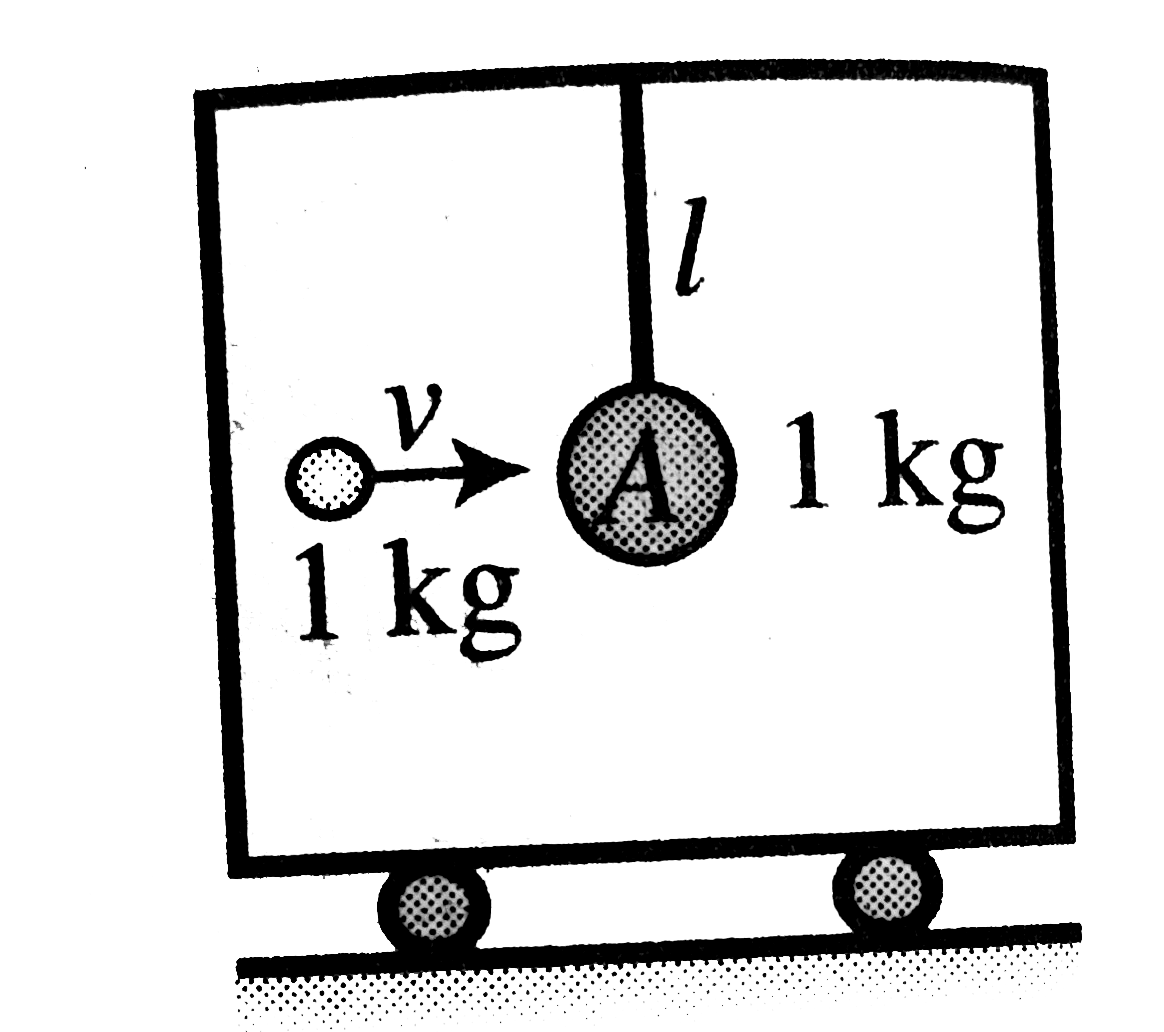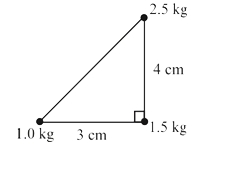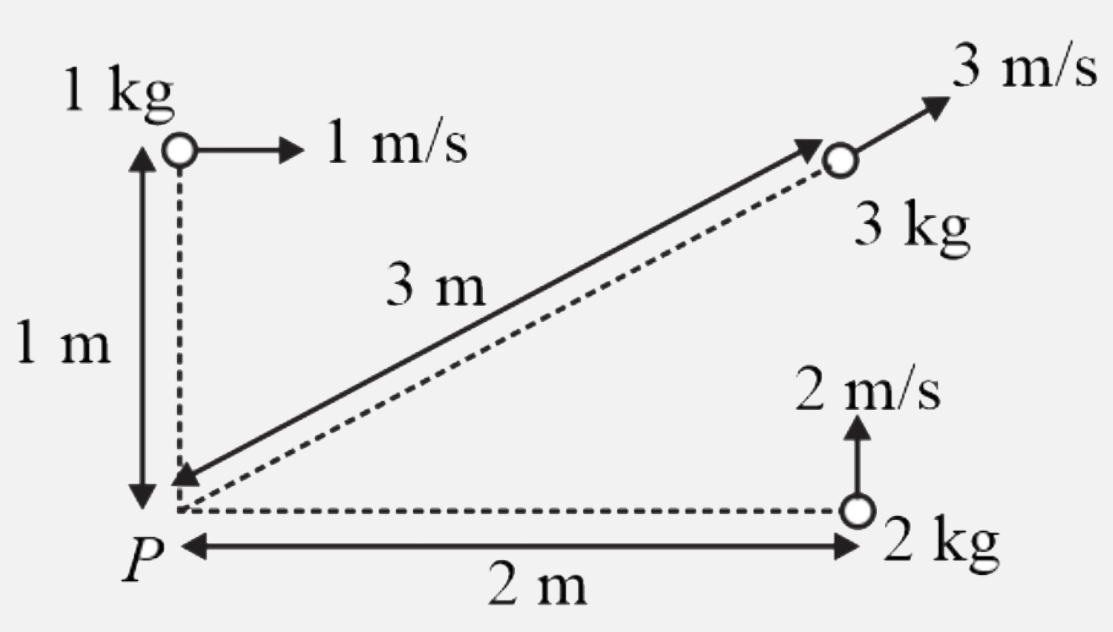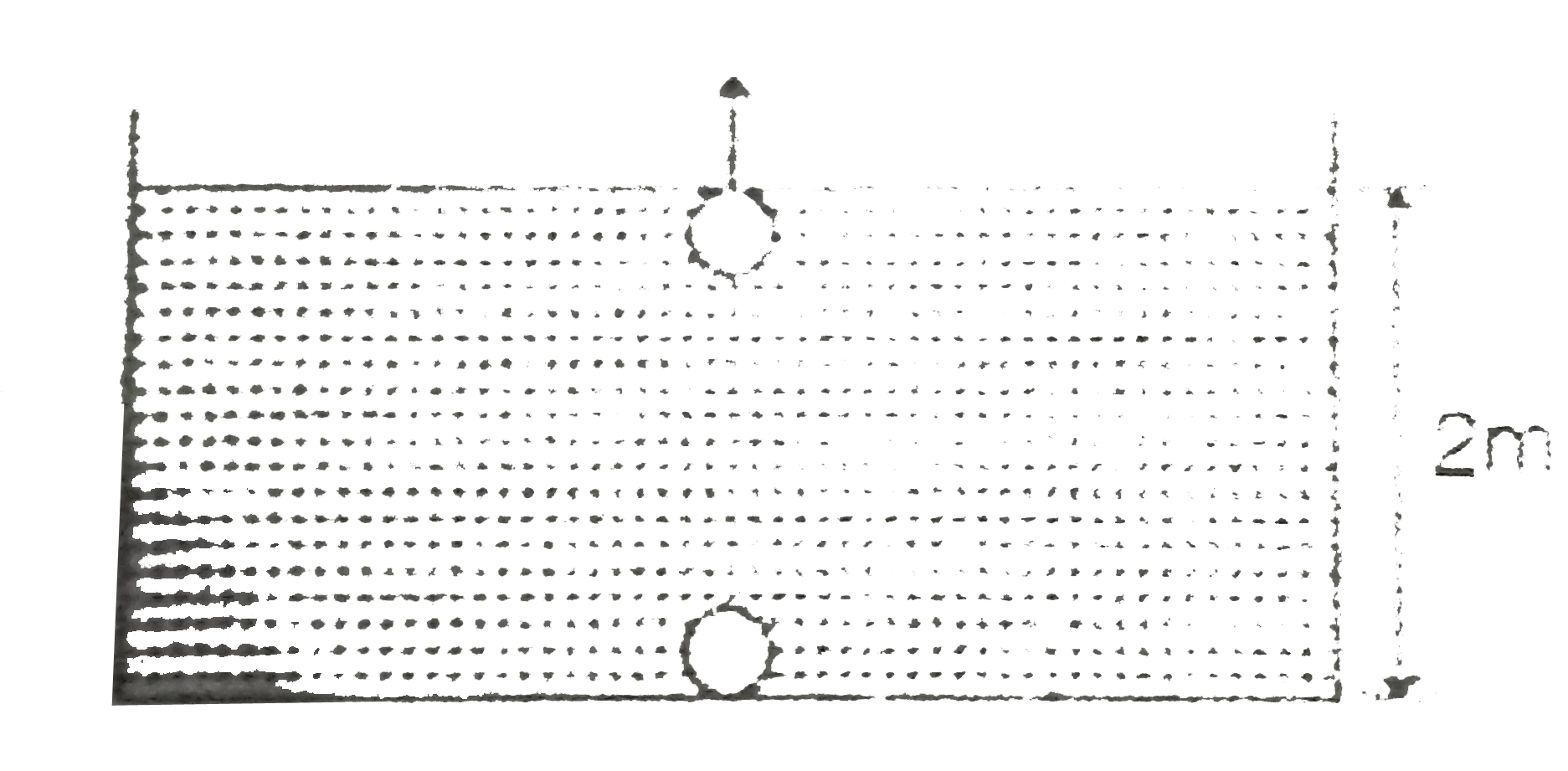The massofaball is 1.76kg. The mass of 25 such balls is
0.44×103kg
44.0kg
44kg
44.00kg
The correct Answer is:B
To find the mass of 25 balls when the mass of one ball is given as 1.76 kg, we can follow these steps:
1. Identify the mass of one ball:
The mass of one ball is given as 1.76 kg.
2. Determine the number of balls:
We need to find the mass of 25 such balls.
3. Set up the multiplication:
To find the total mass of 25 balls, we multiply the mass of one ball by the number of balls:
Total mass=mass of one ball×number of balls
Total mass=1.76kg×25
4. Perform the multiplication:
1.76×25=44.00kg
5. Consider significant figures:
- The mass of one ball (1.76 kg) has three significant figures.
- The number 25 has two significant figures.
- The final result should be reported with the minimum number of significant figures from the values used in the calculation, which is two significant figures.
6. Round the result accordingly:
Since the calculated mass is 44.00 kg, we round it to two significant figures:
Final mass=44kg
Final Answer:
The mass of 25 balls is 44 kg.
---
The mass of one ball is given as 1.76 kg.
We need to find the mass of 25 such balls.
To find the total mass of 25 balls, we multiply the mass of one ball by the number of balls:
Total mass=mass of one ball×number of balls
Total mass=1.76kg×25
1.76×25=44.00kg
- The mass of one ball (1.76 kg) has three significant figures.
- The number 25 has two significant figures.
- The final result should be reported with the minimum number of significant figures from the values used in the calculation, which is two significant figures.
Since the calculated mass is 44.00 kg, we round it to two significant figures:
Final mass=44kg
The mass of 25 balls is 44 kg.
Topper's Solved these Questions
- EXPERIMENTAL PHYSICSBook:NARAYNAChapter:EXPERIMENTAL PHYSICSExercise:Multiple answer
Explore 6 Videos
- EXPERIMENTAL PHYSICSBook:NARAYNAChapter:EXPERIMENTAL PHYSICSExercise:Passage
Explore 6 Videos
- EXPERIMENTAL PHYSICSBook:NARAYNAChapter:EXPERIMENTAL PHYSICSExercise:Comprehension type
Explore 6 Videos
- ELECTROSTATICS AND GAUSS LAWBook:NARAYNAChapter:ELECTROSTATICS AND GAUSS LAWExercise:Intergers type question
Explore 11 Videos
- MAGNETISMBook:NARAYNAChapter:MAGNETISMExercise:LEVEL-II (H.W)
Explore 24 Videos
Similar Questions
A batsman hits back a ball straight in the direction of the bowler without changing its initial speed of 15m/s.If the mass of ball is 0.1kg then impulse imparted to the ball will be
View SolutionA ball of mass 0.50 kg moving at a speed of 5.0 m/s collides with another ball of mas 1.0 kg. After the collision the balls stick together ane remain motionless. What was the velocity of the 1.0 kg block before the collision?
View Solution
Knowledge Check
The mass of a ball is 1.76kg. The mass of 25 such balls is
A0.44×103kgB44.0 kgC44kgD44.00kgThe mass of a ball is four times the mass of another ball. When these balls are separated by a distance of 10cm, the gravitational force between them is 6.67×10−7N. The masses of the two balls are in kg.
A10,20B5,20C20,30D20,40In the arrangements shown in the figure masses of each ball is 1kg and mass of trolley is 4kg. In the figure, shell of mass 1kg moving horizontally with velocity v=6ms−1 collides with the ball and get stuck to it then its maximum deflection of the thread (length 1.5m) with vertical
 A53∘B37∘C30∘D60∘
A53∘B37∘C30∘D60∘
A batsman hits back a ball straight in the direction of the bowler without changing its initial speed of 12ms−1 . If the mass of the ball is 0.15 kg , determine the impulse imparted to the ball . (Assume linear motion of the ball).
View SolutionThree point particles of masses 1.0 kg, 1.5 kg and 2.5 kg are placed at three corners of a right angle triangle as shown in figure. The centre of mass of the system is at a point :

View SolutionThree small balls of masses 1kg, 2kg and 3kg are moving in a plane and their velocities are 1ms−1,2ms−2and3ms−1 respectively as shown . The total angular momentum of the system of three balls about point P at the given instant of time is

View SolutionA ball is released from the bottom of a tank filled with water up to 2m. On reaching the top its kinetic energy is found to be 16 J. Mass of the ball is 2 kg.
Density of the ball in kgm3 is

View SolutionA ball of mass 4 kg moving on a smooth horizontal surface makes an elastic collision with another ball of mass m at rest in the line of motion of first ball. If after collision first ball moves in the same direction with one fourth of its velocity before collision, then mass of second ball is
View Solution

